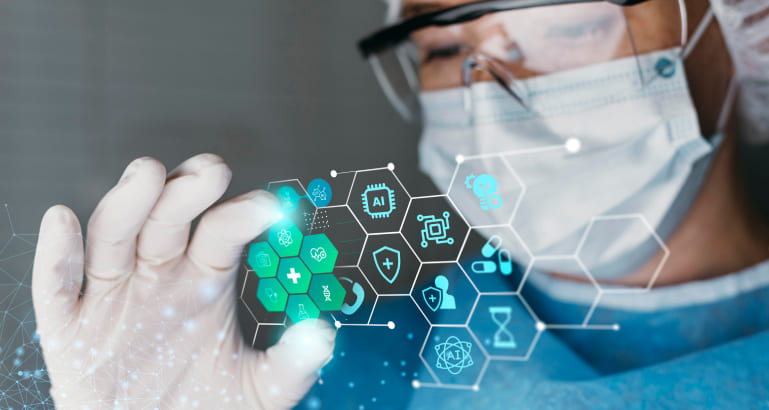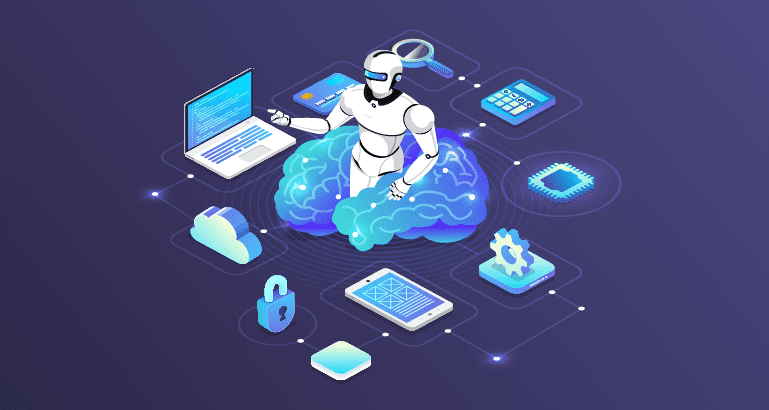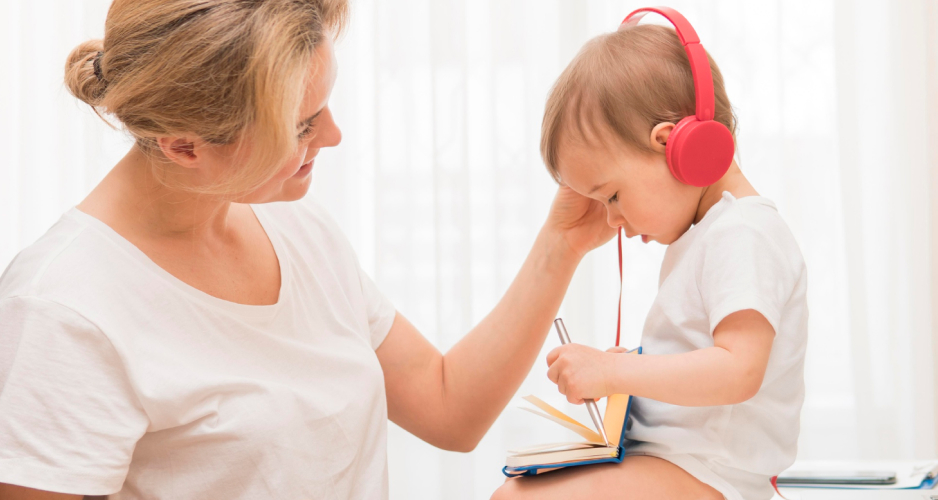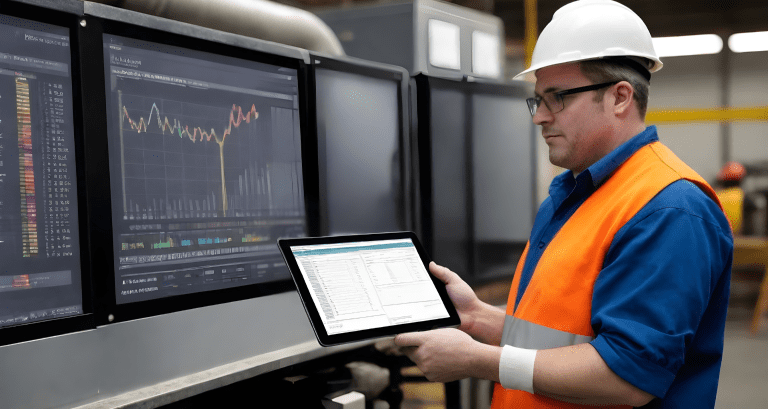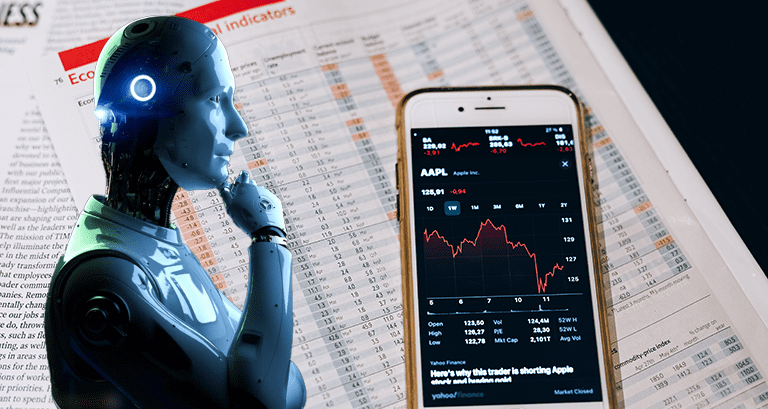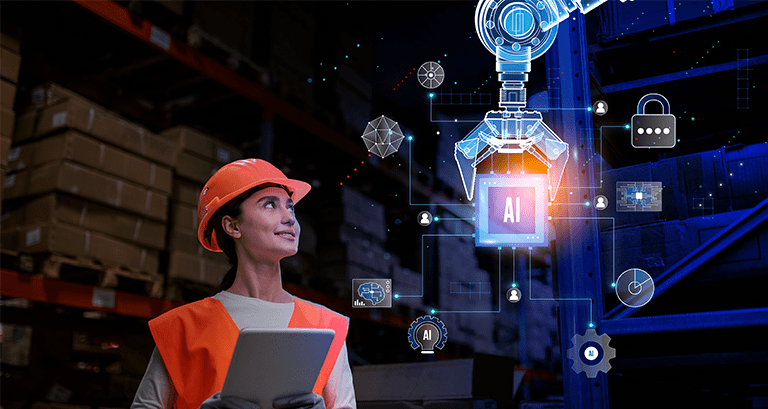A centralized remote monitoring solution
Introduction
Remote monitoring has emerged as a valuable solution in the healthcare sector, addressing various modern healthcare challenges such as patient monitoring, chronic disease management, telemedicine, and remote care delivery. With the advancement of technology, healthcare providers now have the ability to remotely monitor and manage patient health data from a central location through a centralized remote monitoring solution. Telemedicine and remote care delivery have also gained momentum in recent years, especially in the wake of the COVID-19 pandemic. Remote monitoring can play a crucial role in enabling telehealth visits and virtual care. Healthcare providers can remotely monitor patients' health data in real-time, assess their condition, and provide appropriate care remotely. A centralized remote monitoring solution can streamline the process by collecting and analyzing patient data from multiple sources and presenting it in a centralized dashboard, facilitating efficient and practical remote care delivery.
Benefits of a remote monitoring solution
- Improved Patient Outcomes: A centralized remote monitoring solution can significantly impact patient outcomes by providing healthcare providers with real-time access to patient health data. This enables timely intervention and proactive management of health conditions, leading to better patient outcomes.
- Increased Access to Care: Remote monitoring can bridge the gap between patients and healthcare providers, especially in remote or underserved areas where access to healthcare may be limited. A centralized remote monitoring solution allows patients to be monitored from the comfort of their own homes.
- Enhanced Patient Safety: Remote monitoring can improve patient safety by enabling early detection of potential health issues. Additionally, remote monitoring can reduce the risk of hospital-acquired infections by minimizing the need for frequent hospital visits, thus reducing exposure to potential pathogens.
- Reduced Hospital Readmissions: Remote monitoring can help reduce hospital readmissions by enabling early detection of deteriorating health conditions and timely interventions.
- Optimized Resource Utilization: A centralized remote monitoring solution can optimize resource utilization by reducing unnecessary healthcare visits and interventions. Remote monitoring allows healthcare providers to remotely monitor patients' health data and intervene only when necessary, avoiding unnecessary hospital visits or procedures.
An expanded discussion on the key features of a centralized remote monitoring solution:
- Real-time Monitoring: It provides continuous visibility into the performance and status of monitored entities, allowing for proactive decision-making and immediate response to any issues or anomalies.
- Data Collection and Analysis: Centralized remote monitoring solutions collect data from various sources, such as sensors, devices, or software systems. These solutions often leverage IoT technology to gather data in real-time. The collected data is then analyzed to extract valuable insights, detect patterns, identify trends, and uncover anomalies or potential problems.
- Performance Tracking: It allows businesses to measure key performance indicators (KPIs) and metrics, such as uptime, response time, throughput, efficiency, and resource utilization.
- Remote Control Capabilities: This allows authorized users to access and control monitored assets or systems remotely such as adjusting settings, applying updates or patches, troubleshooting, or performing maintenance actions without needing physical presence.
- Data Visualization: Data visualization helps users quickly grasp the current status, identify trends or anomalies, and make informed decisions based on the available data.
- Historical Data Storage and Analysis: Historical data allows businesses to gain deeper insights into performance patterns, conduct retrospective analyses, and make data-driven decisions.
- Integration and Interoperability: Integration with existing systems, applications, or platforms is a crucial feature for centralized remote monitoring solutions. They should be capable of connecting to a wide range of devices, protocols, or data sources, ensuring seamless data flow and interoperability.
- Security and Access Control: Robust security and access control implements encryption, secure authentication, role-based access controls, and other security measures to protect sensitive data and prevent unauthorized access or tampering.
The Future of Centralized Remote Monitoring in Healthcare
Remote Patient Monitoring (RPM) offers numerous benefits for both patients and healthcare providers. Some of the key benefits of RPM include:
- Integration with Artificial Intelligence and Machine Learning
The integration of centralized remote monitoring with artificial intelligence (AI) and machine learning (ML) holds immense promise for healthcare. AI and ML algorithms can analyze vast amounts of patient data collected through remote monitoring, identify patterns, and generate valuable insights. These technologies can help healthcare providers detect subtle changes in patient health, predict disease progression, and even suggest personalized treatment plans.
- Predictive Analytics for Proactive Healthcare
One of the key advantages of centralized remote monitoring is the ability to collect continuous, real-time data. By applying predictive analytics to this wealth of data, healthcare providers can move from reactive care to proactive and preventive interventions. Predictive analytics algorithms can identify trends, risk factors, and early warning signs, enabling healthcare professionals to intervene before a critical event occurs.
- Scalability and Adoption in Healthcare Systems
The future of centralized remote monitoring lies in its scalability and widespread adoption across healthcare systems. As technology advances and costs decrease, remote monitoring devices and solutions are becoming more accessible and affordable. This allows for broader implementation, reaching a larger number of patients across various healthcare settings, including hospitals, clinics, and home care.
Conclusion
Nu10’s centralized remote monitoring software solutions can act as a transformative solution in the healthcare sector, redefining patient care and efficiency. Through continuous monitoring, early intervention, and patient empowerment, this technology has the potential to revolutionize healthcare delivery, enhance patient outcomes, and drive significant cost savings. As we continue to embrace the digital age, centralized remote monitoring will play a vital role in shaping the future of healthcare.
About Author
Mohit Kataria
Mohit, a career entrepreneur with 21+ years of experience, specializes in conceptualizing large scale analytics initiatives and driving them to success. He co-founded Manthan Research & Analytics, later acquired by M3 and rebranded as m360 Research. He excels in building and scaling high performance teams.


